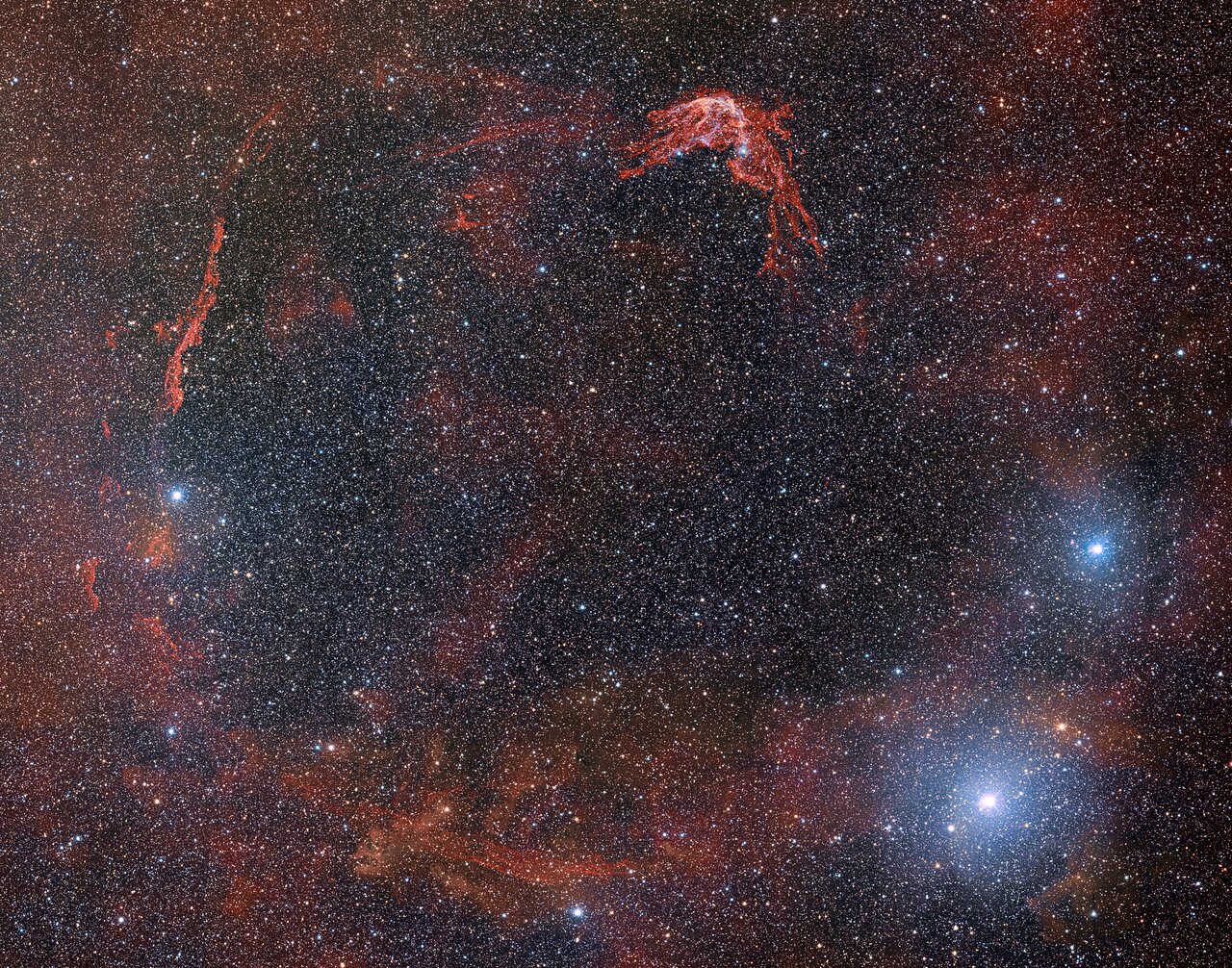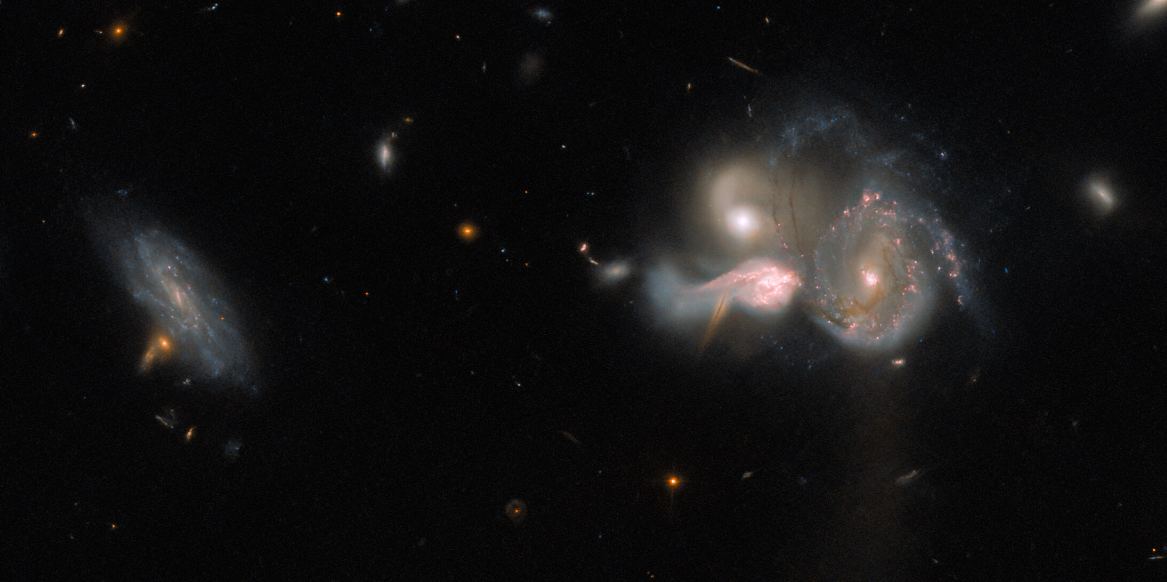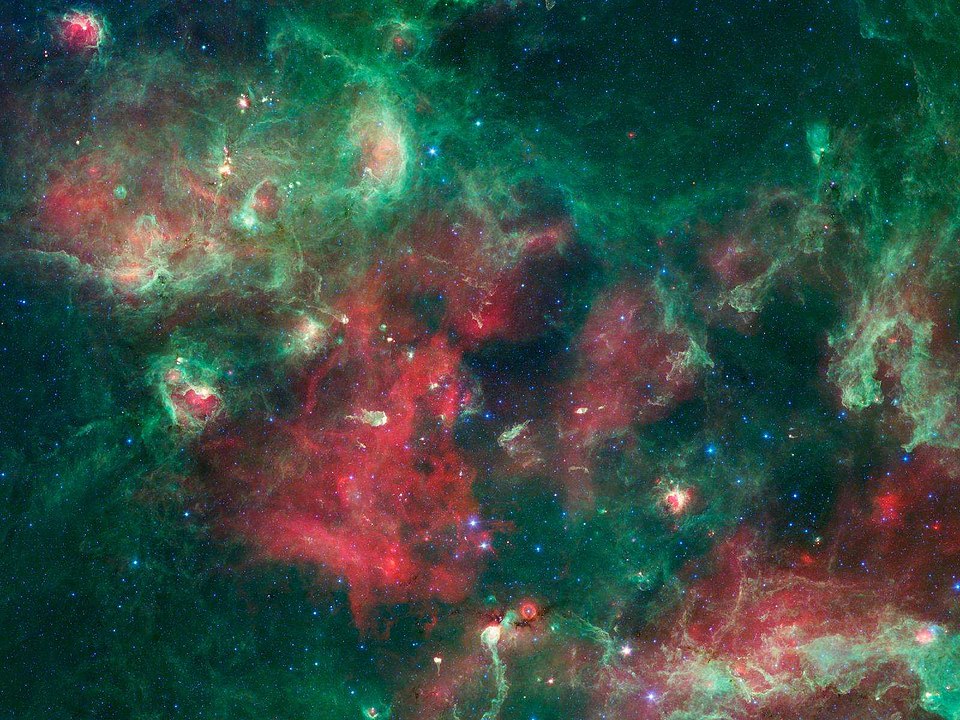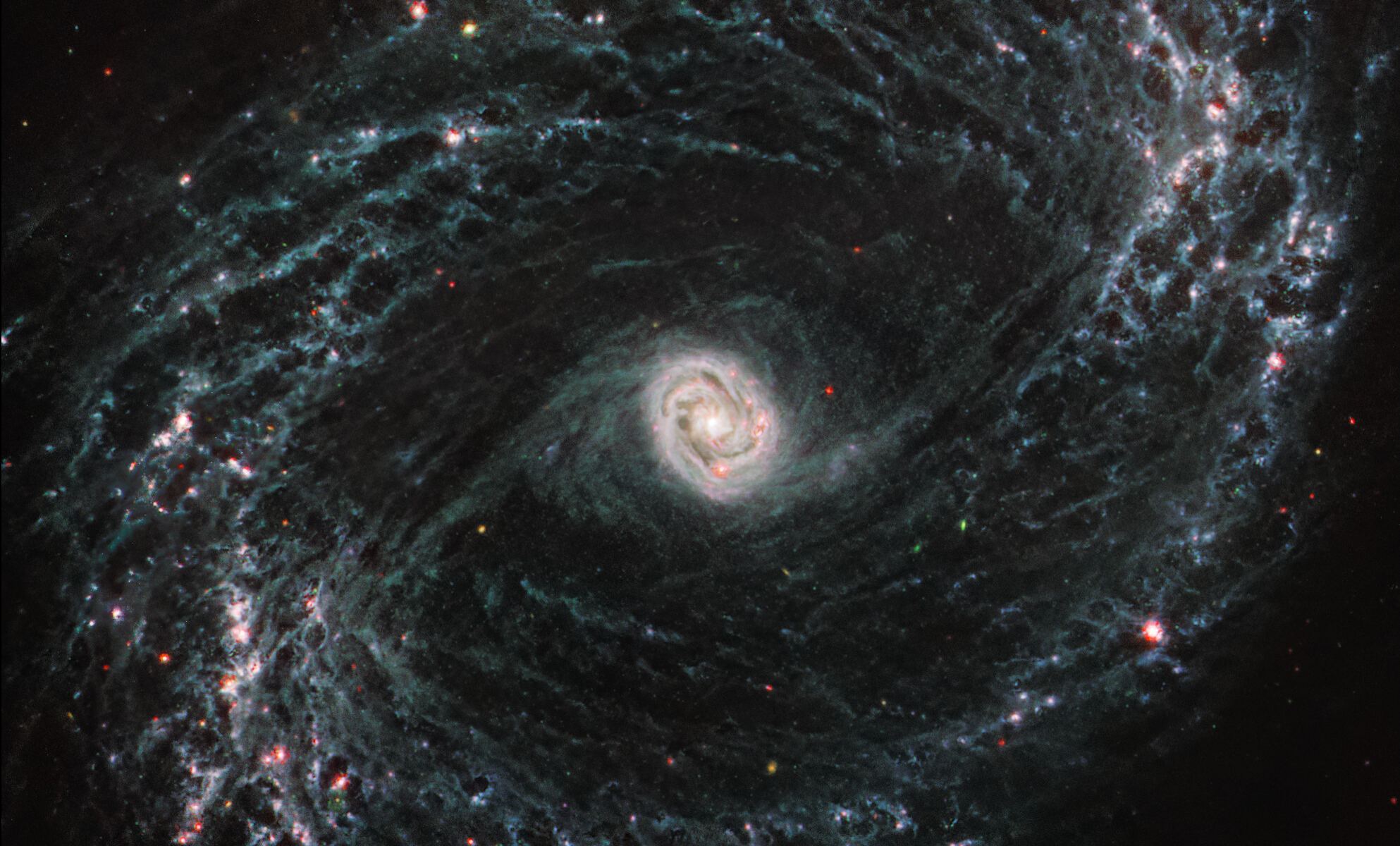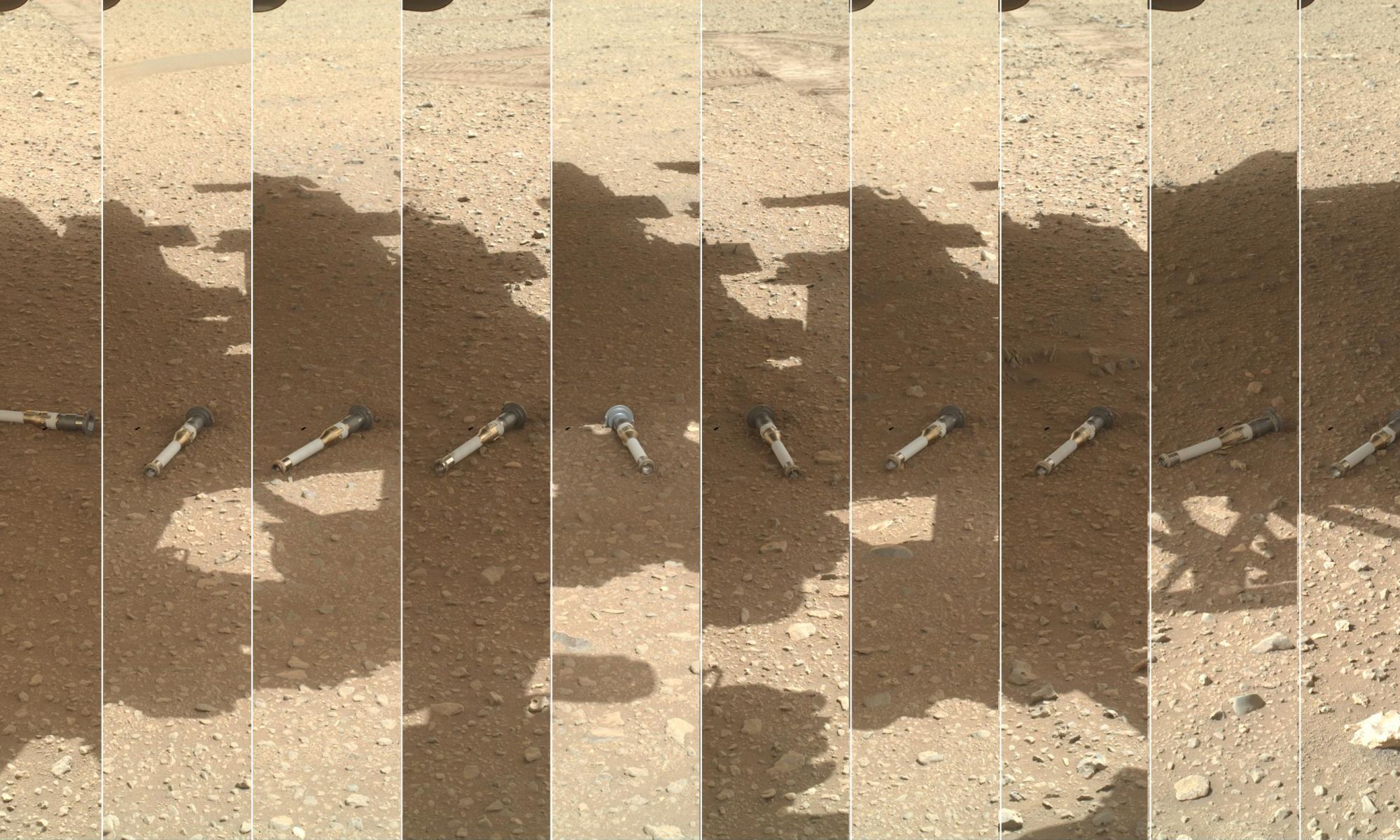The first written record of a supernova comes from Chinese astrologers in the year 185. Those records say a ‘guest star’ lit up the sky for about eight months. We now know that it was a supernova.
All that remains is a ring of debris named RCW 86, and astronomers working with the DECam (Dark Energy Camera) used it to examine the debris ring and the aftermath of the supernova.
Continue reading “The Dark Energy Camera Captures the Remains of an Ancient Supernova”
